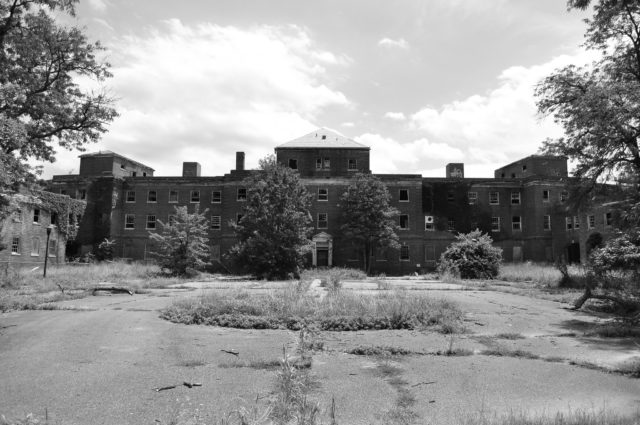The hospital and those in the district were so overcrowded with patients that many had to be sent to other hospitals in Maryland and Virginia.
During the Great Depression in the early 1930s, an epidemic of tuberculosis broke out in Washington, resulting in many fatalities.
Glenn Dale Hospital was built in 1924 in Prince George’s County, Maryland, United States and was one of the largest tuberculosis sanatoriums in the country. It boasted separate buildings for adults and children, as well as accommodation for nurses and doctors.
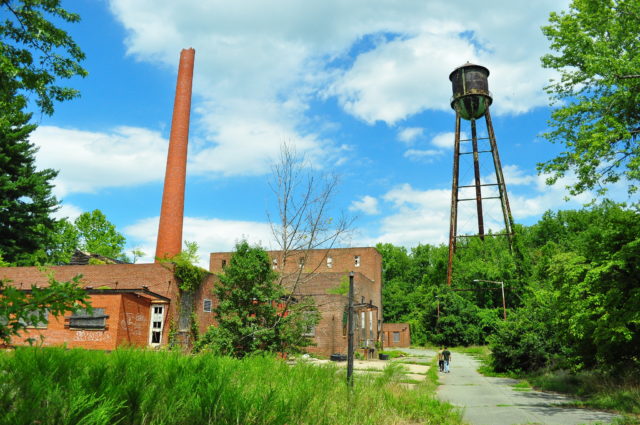
The goal of building the Glenn Dale hospital was to assist in stopping the spread of the disease. Its location was considered the perfect balance between isolation and accessibility (15 km from the Capitol).
For decades, it was the main public health institution near Washington.
Architect Nathan S. Wyeth designed most of the buildings on the Glenn Dale Hospital site. Wyeth was the architect involved in such projects as the Key Bridge and the Oval Office.
This hospital consisted of 23 buildings and was located on 216 acres (87 hectares) of land separated by extensive open lawns. Glenn Dale included a solarium, laundry rooms, living rooms, open gardens, greenhouses, and morgues.
When the disease first broke out, sunlight and fresh air were considered to be the best means of protection against tuberculosis. With that in mind, the hospital was initially designed to take advantage of the open air.
It was located among rolling hills and grassy meadows. Gardens were installed on the roofs of buildings, which were cared for by patients in order to increase the duration of the time they spent in the open air.
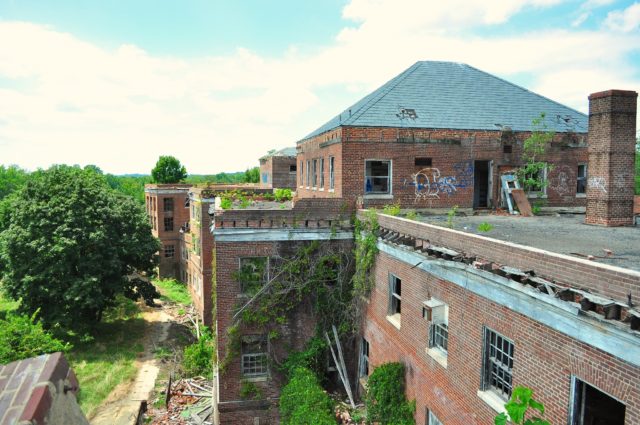
Sunbathing areas were also built on the roofs of the adult compartments to allow for ‘heliotherapy.’ On the roofs of the children’s buildings, playgrounds were built so that children could also benefit from an extended duration in the sun to increase their Vitamin D levels.
During bad weather, patients used underground tunnels to pass between buildings.
After the opening of the hospital, the nursing facility and the children’s department were the first to function since, initially, patients were children from poor families.
In the beginning, 150 patients were admitted to the hospital. This number grew after Congress decided to expand the children’s ward. Consequently, in 1936, a new building was constructed, the largest in the complex.
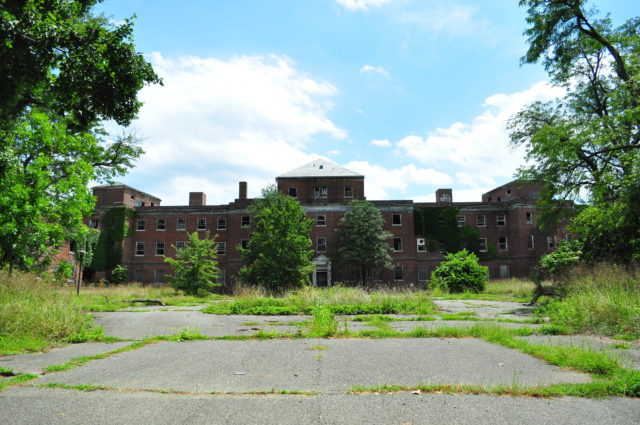
In the midst of Glenn Dale hospital, about 600 patients and 500 doctors and staff could now be accommodated.
In 1939, Bessie Crocker became the first African American nurse who worked at any Columbia Municipal Hospital.
In the 1940s, antibiotics were found to be more successful in treating tuberculosis. During the 50s, a combination of antibiotics was used to successfully treat the illness, and the number of patients was significantly reduced.
In 1960, the hospital began to accept patients with other chronic diseases. Glenn Dale was finally closed in 1982 due to rising repair costs and has been abandoned ever since.
In 1994, the Maryland State Park Planning Commission acquired the hospital for $4 million. Since 2011, Glenn Dale has been listed on the National Register of Historic Places.
It is likely that, in the future, the former tuberculosis sanatorium will be converted into a nursing home or continuing care facility. However, since significant costs are required to rejuvenate the buildings, there have been no takers so far.
Since 2015, the land has been cleared of some of the debris, and a surveillance camera has been installed on the site. Entrance to the building is prohibited, and police regularly admonish violators.
Despite this, the ruins of the Glenn Dale Hospital still attract graffiti artists, local teenagers, and curious researchers. The buildings most visited by local researchers are those of the children’s and adult departments.
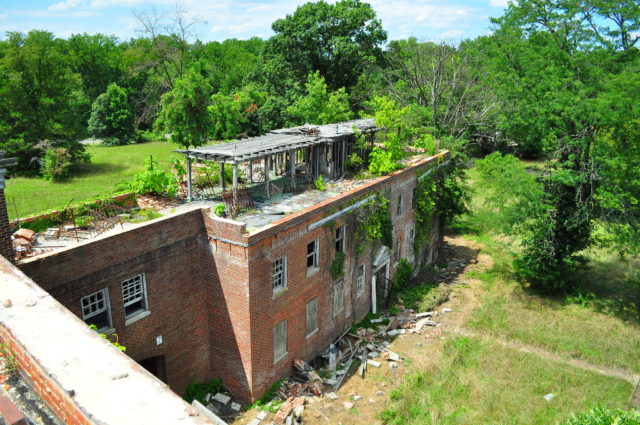
It feels like the buildings are simply sitting there, awaiting their final destruction. In the basement of the main building of the adult hospital, there is a morgue. Ceiling beams sag, and rusty metal hangs from the ceiling. The hospital cellars are teeming with rats.
Parts of the aisles are flooded with water three feet (almost one meter) deep. Most of the doors and windows are knocked out, and various items of equipment are scattered throughout the hospital buildings.
Artists have left their marks in many places, including graffiti in the form of swastikas, ominous messages, and satanic pentagrams. Someone has even pulled a stove out of the kitchen and put it in the children’s morgue to instill an eerie terror in visitors who wonder what on earth a stove was used for in such a location.
A big thank you to Jack Parrott for such bright and amazing photographs of Glenn Dale Hospital. Check out his page on Flickr.
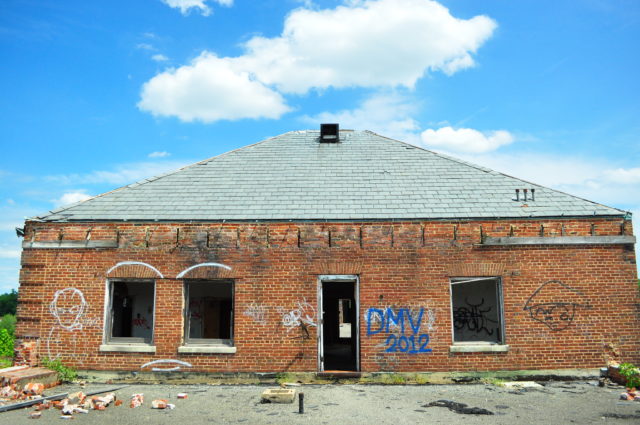
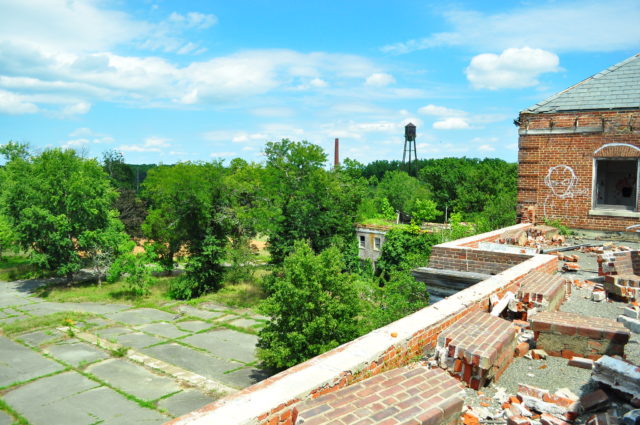
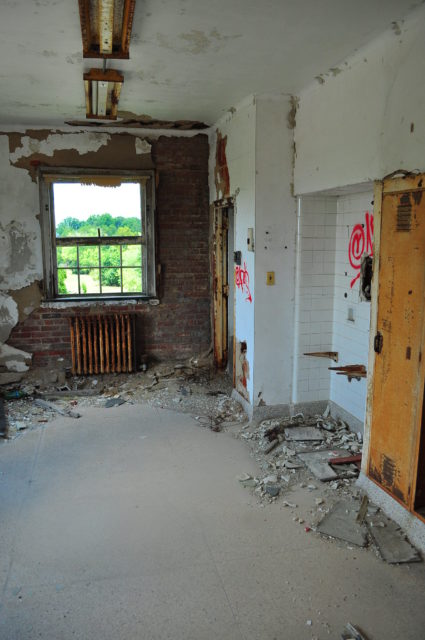
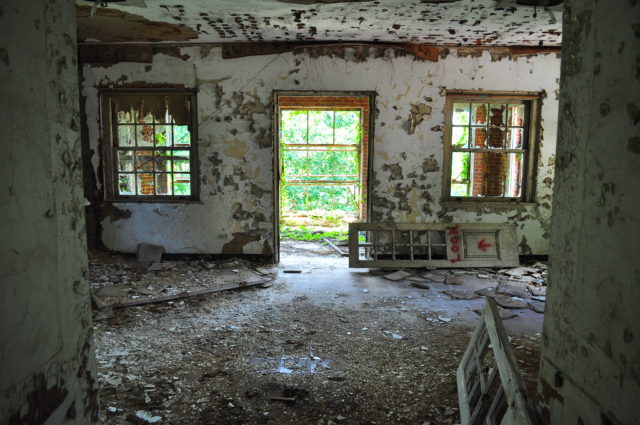
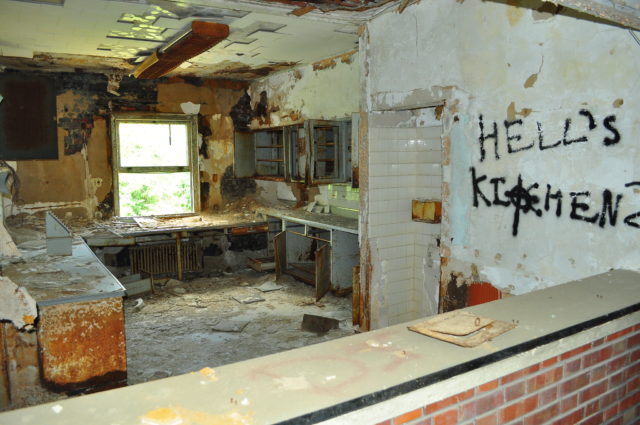
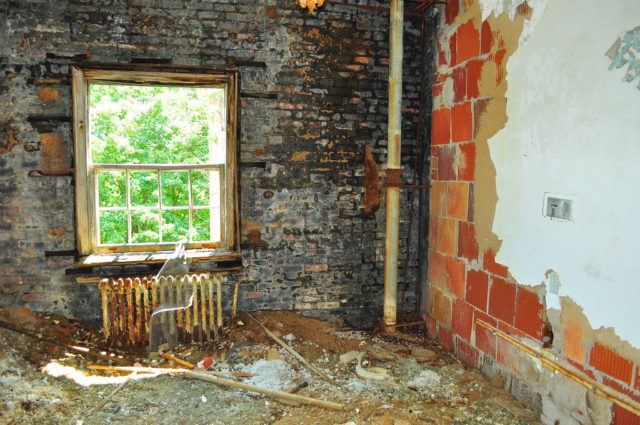
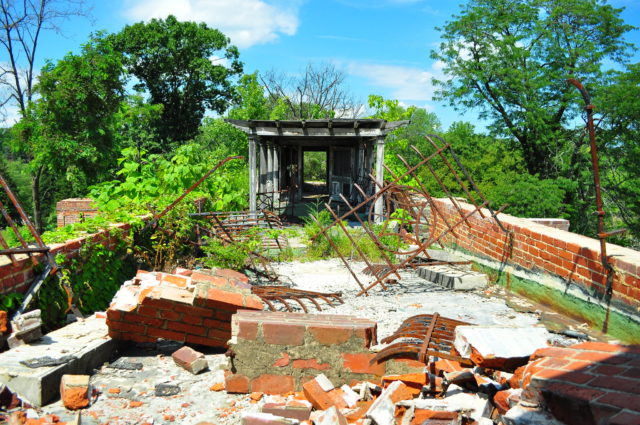
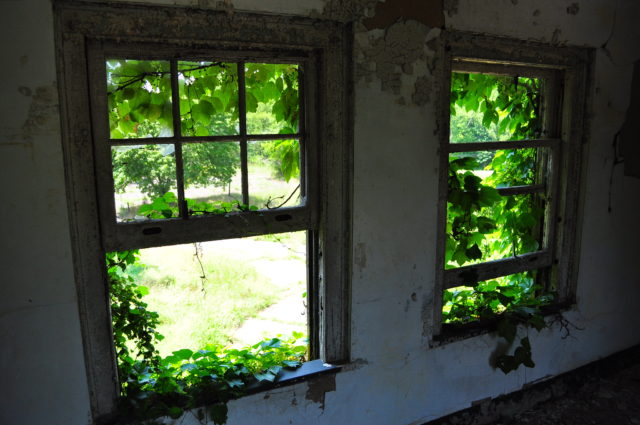
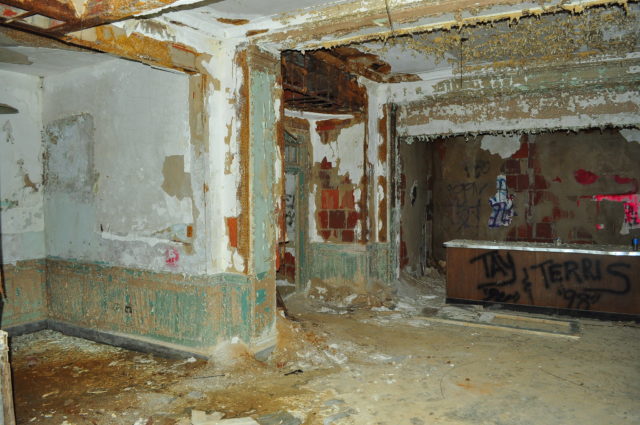
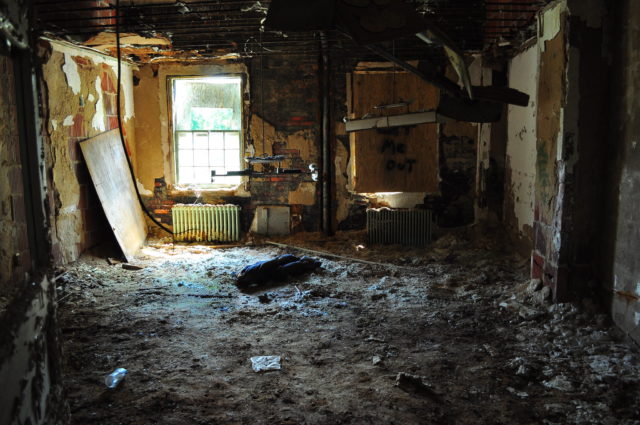
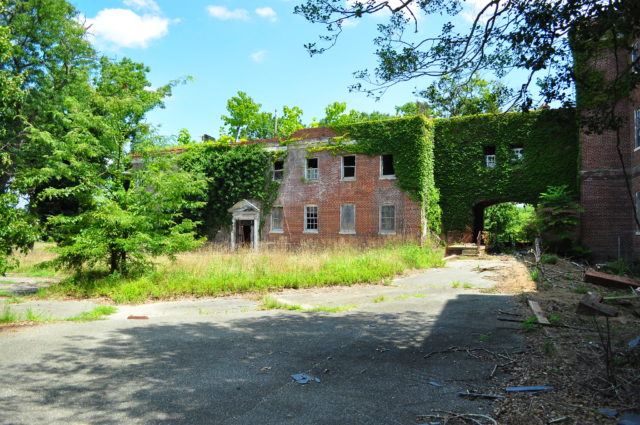
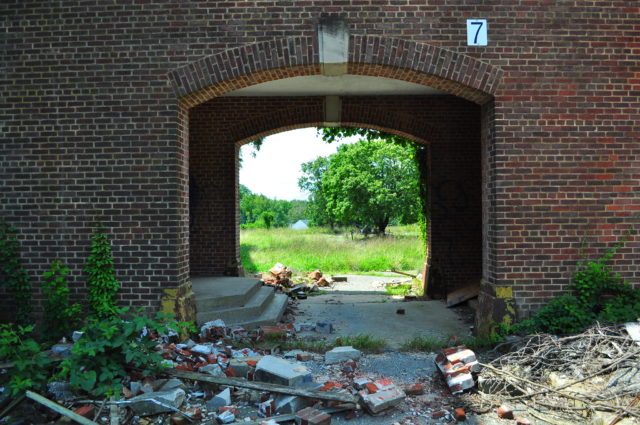
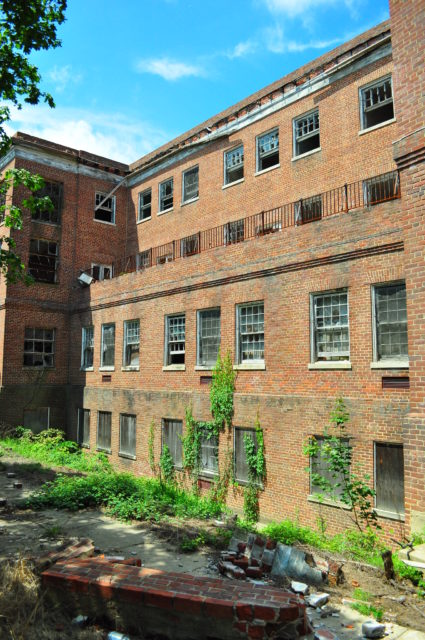
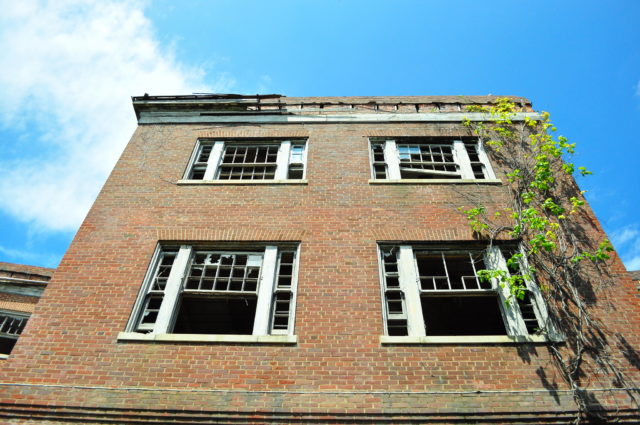
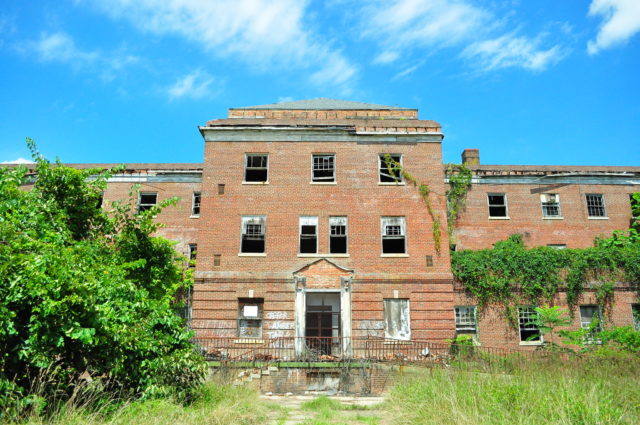
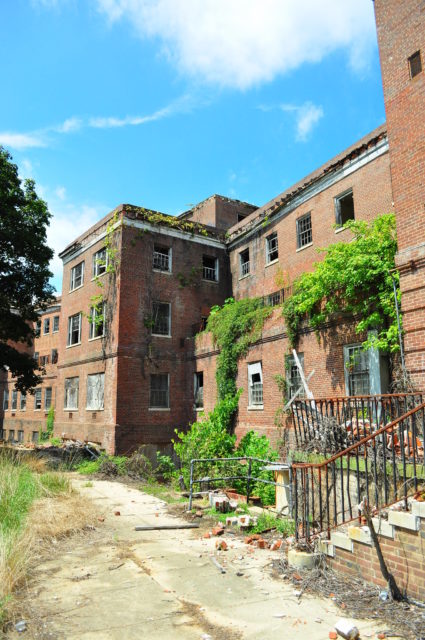
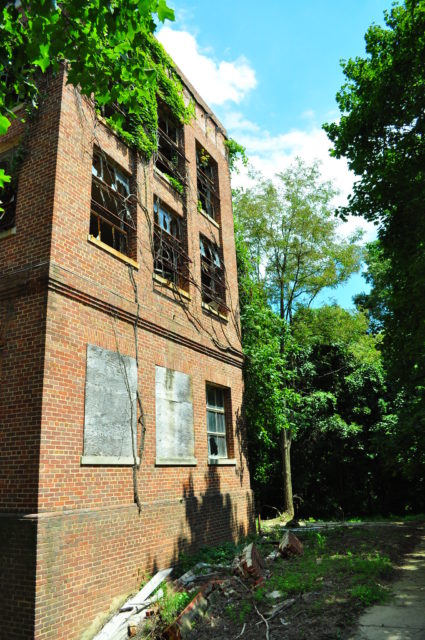
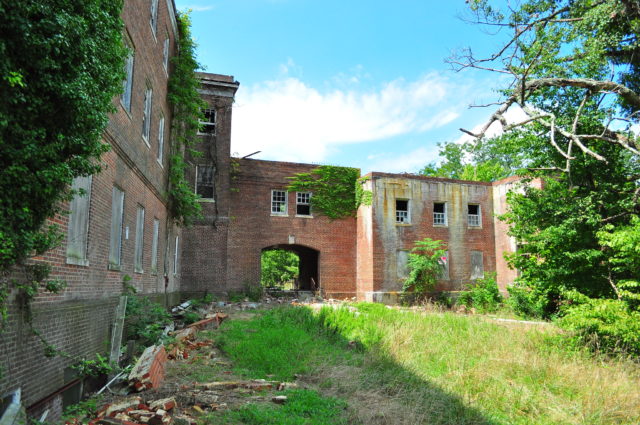
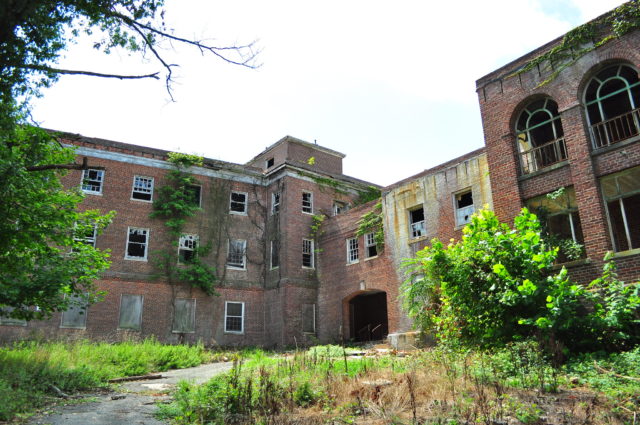
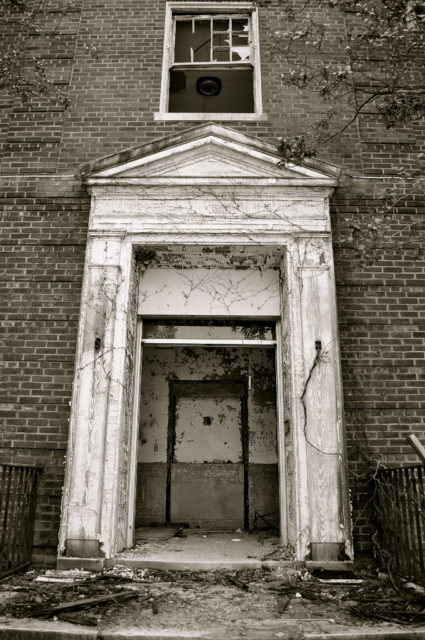
Another Article From Us: Ex Eastern State Penitentiary Attracts 220,000 Visitors Each Year
